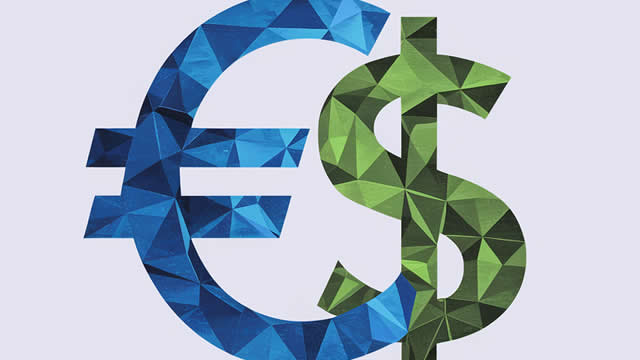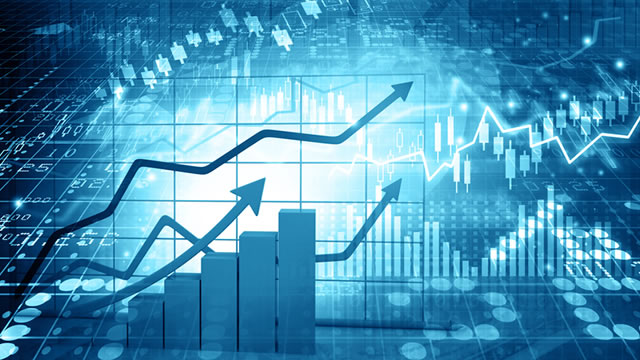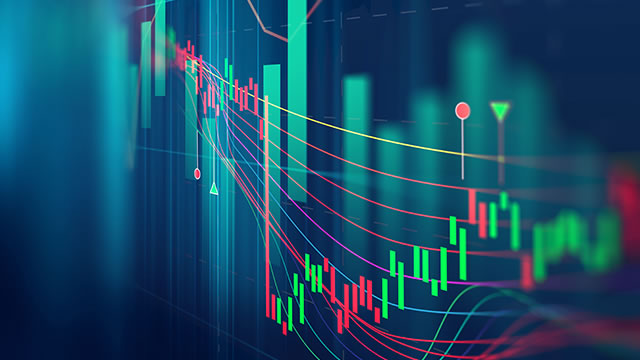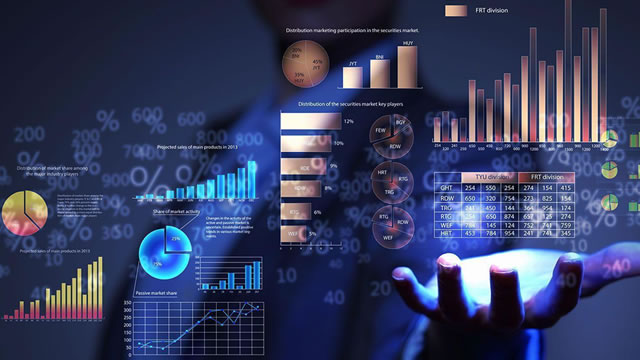The EUR/USD Market: A Global Trade Washing Machine
Imagine a bustling laundry mat, where clothes from all corners of the world are tossed into the giant washing machine called the EUR/USD market. This metaphor, coined by ING’s FX analyst Chris Turner, beautifully illustrates the complex interplay of global trade and portfolio flows that meet and cancel each other out in this vast financial market.
Understanding the EUR/USD Market
The EUR/USD exchange rate is the value of one Euro in terms of US Dollars. It is the most heavily traded currency pair in the foreign exchange market, with an average daily trading volume of around $1 trillion. This high liquidity makes it an essential indicator of global economic health and investor sentiment.
Trade Flows
Trade flows are the primary driver of currency price movements in the EUR/USD market. When a European country exports more goods or services to the US than it imports, it generates a trade surplus. Conversely, a trade deficit occurs when a country imports more than it exports. These imbalances lead to currency appreciation or depreciation, respectively.
Portfolio Flows
Portfolio flows refer to the buying and selling of financial assets, such as stocks, bonds, and currencies, by investors seeking to profit from price differences or hedge against risk. Institutional investors, like pension funds and hedge funds, play a significant role in these flows. For instance, if an investor believes the Euro will strengthen against the Dollar, they might buy Euros and sell Dollars, influencing the EUR/USD exchange rate.
The Washing Machine Effect
The EUR/USD market acts like a washing machine, with trade and portfolio flows constantly entering and exiting, causing the exchange rate to fluctuate. However, these flows often cancel each other out. For example, if a European country experiences a trade surplus, leading to Euro appreciation, institutional investors may sell their Euro holdings, causing the Euro to depreciate. These opposing forces create a dynamic equilibrium, keeping the exchange rate within a certain range.
Impact on Individuals
As an individual, your personal finances can be influenced by the EUR/USD exchange rate if you frequently travel, conduct business internationally, or hold investments in Euro-denominated assets. For example, if you’re a US citizen traveling to Europe, a stronger Euro makes your trip more expensive. Conversely, if you’re a European business owner importing goods from the US, a stronger Dollar makes your imports more expensive.
Impact on the World
On a global scale, the EUR/USD exchange rate can have far-reaching consequences. It influences the competitiveness of European exports, the value of European assets, and the stability of the European economy. Moreover, it can impact other currencies and financial markets through a phenomenon called the ‘triangle arbitrage,’ where currency pairs trade in relation to each other. For example, if the EUR/USD exchange rate moves significantly, it can cause corresponding movements in the USD/JPY or GBP/USD exchange rates.
Conclusion
The EUR/USD market is a fascinating microcosm of global trade and finance, where the constant interplay of trade and portfolio flows creates a dynamic equilibrium. While it may seem like a complex and volatile washing machine, understanding its intricacies can help individuals and institutions navigate the ever-changing world of international finance.
- The EUR/USD market is the world’s most heavily traded currency pair.
- Trade and portfolio flows are the primary drivers of exchange rate movements.
- The EUR/USD market acts like a washing machine, with opposing forces creating a dynamic equilibrium.
- Individuals can be affected by the EUR/USD exchange rate through travel, business, or investments.
- The EUR/USD exchange rate has far-reaching consequences on a global scale.





